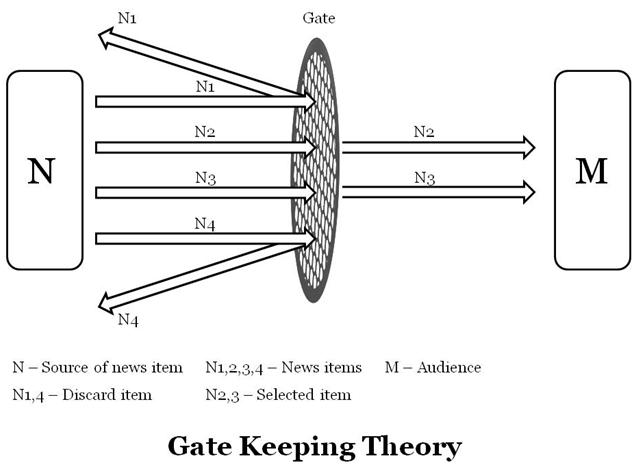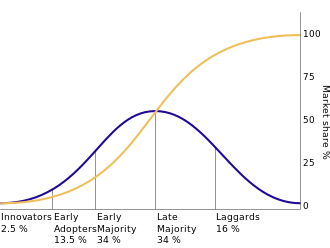Internet Culture: Is it All That Bad?
Media Law and Literacy
Friday, December 4, 2020
Post 12: Online Presence
Monday, November 30, 2020
Post 11: Theories (Presentations #2)
Gatekeeping Theory
Gatekeeping theory, conceptualized by Kurt Lewin in 1943, describes the process in which unnecessary information is blocked and filtered through the use of a metaphorical "gate." Those who act as "gatekeepers" decide as to what information should and should not be publicized. One example of a gatekeeper is a news editor. Those who act as news editors are tasked with figuring out what news is relevant enough to be published. Each day, several note-worthy events occur, however, it is impossible for all of them to be covered. Therefore, gatekeeping plays a vital role in media. Gatekeeping is different than censorship, in that it has to do with maintaining relevant information. Censorship, on the other hand, deliberately removes unwanted information.
Factors of Gatekeeping
 |
| Model of Gate Keeping Theory |
Monday, November 16, 2020
Post 10: Social Media Influencers (EOTO)
EOTO: Influencer Marketing
Who is an "Influencer"
Downside of Social Media Influencers
 |
| VIP gift bag worth "quadruple the price" came with a condom, smartphone grip, and a wristband. |
Friday, November 13, 2020
Post 9: Privacy
Privacy and Prejudice
Sunday, November 1, 2020
Post 8: Diffusion Theory
Diffusion of Innovation
Applying the Theory to Women's Suffrage
Step 1: The Pioneers
 |
1848 Senaca Falls Convention |
Step 2: Early Adopters
Step 3: Early Majority
Step 4: Late Majority
Step 5: Laggards
Tuesday, October 27, 2020
Post 7: YouTube (Presentations #1)
History of YouTube
On February 14, 2005, Jawed Karim, Steve Chen, and Chad Hurley registered their video-sharing site, YouTube.com. It was not until April 23rd of that year that the first YouTube video was uploaded. The eighteen-second video, entitled "Me at the Zoo" is of Jawed Karim at the San Diego Zoo and was uploaded to his channel. A few weeks later, beta testing began and started to attract around 30,000 visitors a day. At its' official launch in December, the website began to see more than two million views on its videos a day. YouTube began to gain more popularity and in Fall 2006, was acquired by Google.
Monday, October 26, 2020
Post 6: Google (EOTO)
EOTO: Google



